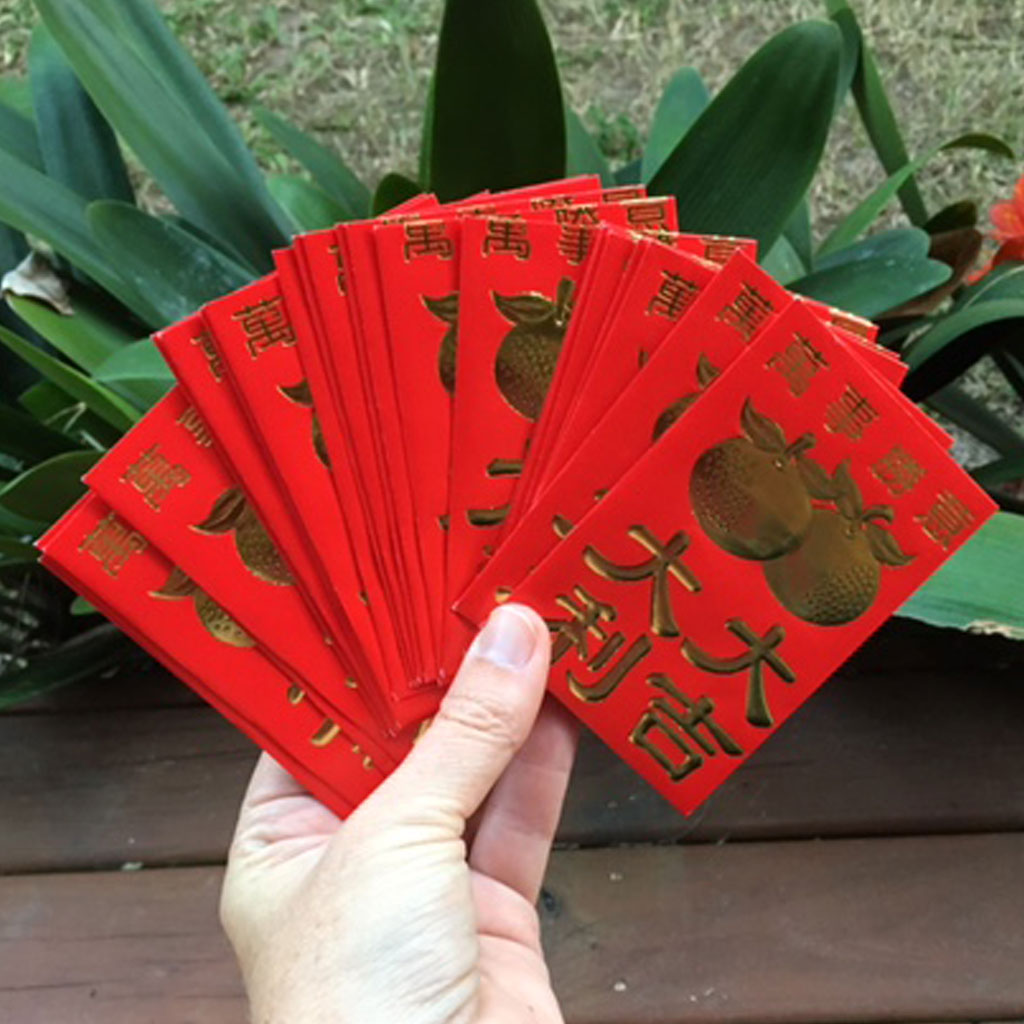

People then started to thread eight coins along red strings and place them underneath the children’s pillows. These prayers were very sincere, so the gods granted them eight guards that were disguised as coins to protect them. To prevent Sui from coming to harm the children, parents would light candles and pray in the nighttime. Instead, they would come down with a terrible fever that eventually led to mental instability. It was said that the children were so terrified of the demon that they couldn’t even cry or yelp. In China, a red envelope is traditionally called 压岁钱 (ya sui qian), which means ‘suppressing Sui (or ghost) money.’Īccording to the myth, a monster named Sui came around with the intention to harm children on the night of New Year’s Eve. It’s a color that represents luck, happiness and good energy.

The Legend Behind Giving Red EnvelopesĪs you probably know, China absolutely loves the color red. Here we explain the legend behind the red packets, who gets them, giving/receiving etiquette and WeChat hongbao. They can be gifted at weddings, graduations, birthday parties (especially those for children or senior citizens), after the birth of a child or as a work bonus. Hongbao, of course, aren’t just limited to Spring Festival. Happy Chinese New Year, folks! It’s that time of year again, when red envelopes – also known as 红包 (hongbao), ‘red packets’ or even ‘lucky money’ – holding a monetary value are given to and received by friends and families. The Explainer is where we explain an aspect of Chinese life.


 0 kommentar(er)
0 kommentar(er)
